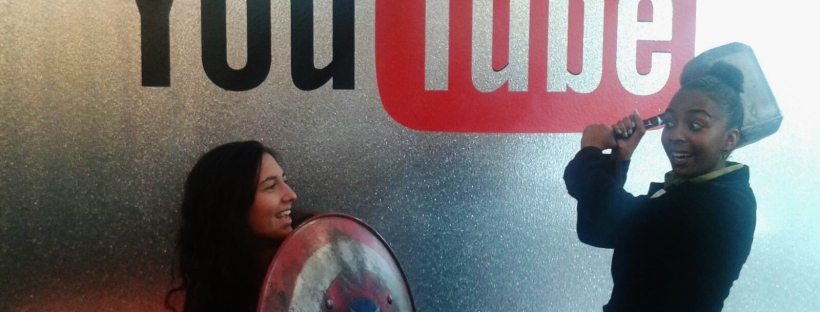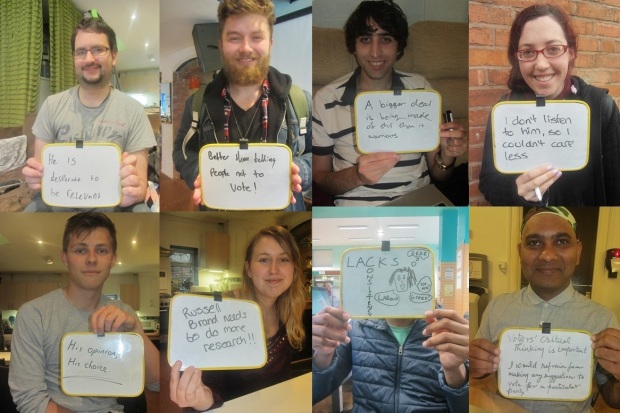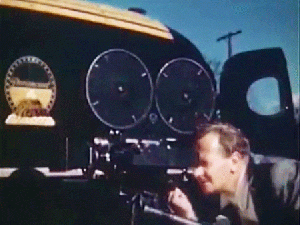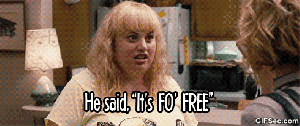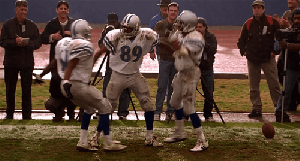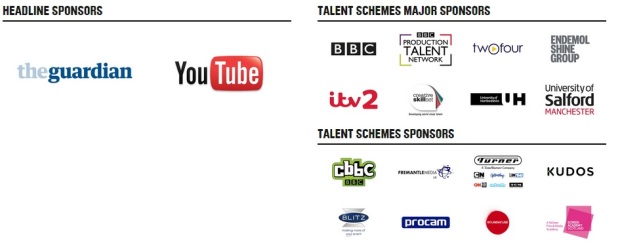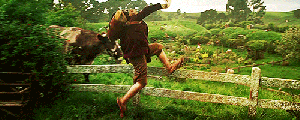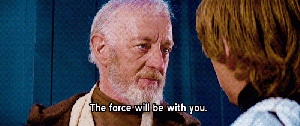

(From top to bottom: group photo with poet, rapper and academic Akala; all smiles on a visit to one of Media Trust’s corporate partners, Discovery Channel UK)
Halfway through my 6 month traineeship at London360, 30 fresh new people, who were passionate about working in media, entered the Media Trust office. They had enrolled onto Multi-Media Genius Training, a 12 week fast-track course covering TV, print and online journalism, which would involve masterclasses from industry experts and special guests, visits to Media Trust’s corporate partners and one-to-one mentoring to guide them towards their dream jobs. The fantastic thing about this scheme is that it gives people aged 18-25, who are not in employment, education or training, the chance to get their teeth into the industry, with the perks of meeting inspirational people and paying visits to some of the most renowned media companies. What’s even better is that no experience was necessary to qualify – only a proven interest in gaining the knowledge and skills necessary to become all-round media jedis!
The first thing I noticed when I entered the boardroom for the first time with my fellow reporters during their first week here was the sheer diversity of people. It may sound a bit cliche, but everyone was so different it terms of their background, personality, interests and ages. While some people in the group had only just left college, others had previously worked full-time or already had children. Some were outwardly confident and keen to ask lots of questions in the first hour, while others were perhaps more reserved and contemplative (this is starting to sound like an analysis of human behaviour). Nonetheless, they seemed to gel really well as a group right from the get-go.
At first, I wasn’t sure how much I would be interacting with the “NEETS” (Not in Employment, Education or Training – it’s probably easier to say this for now rather than referring to them as “the 30 young people”). Working full-time, we have a lot to be getting on with, from researching new ideas for future London360 shows to shooting and editing our latest TV packages. Fortunately, on Fridays, we were invited to attend the corporate visits with them. These included trips to Google/YouTube (see my previous blog about the visit to Google’s London Headquarters), Discovery Channel, The Royal Albert Hall and Hearst Magazines, which owns publications such as ELLE UK and Cosmopolitan. At the end of each action-packed week, it was nice to have some down-time on these outings with one of the most fun-loving group of people I’ve ever met.
In addition to this, I also worked alongside some members of the group when I went on shoots which included an arms fair protest against the world’s largest weapons exhibition, a visit round award-winning houses for Open House London and a bike project for refugees. It was fantastic to have some extra support with filming and to work alongside people that I can now call friends. Most of the NEETS already had extensive filming experience, whether it was through managing their own YouTube channels or producing their own short films, but some of them had never touched a professional camera before. Regardless of their experience, all of them were keen to collaborate and to pitch in with ideas, a quality that will ensure they go far in life, whether they aspire to be an Oscar-winning director, an on-screen presenter, a multi-media jack of all trades…or decide they no longer want to work in media. Even for those who perhaps realised that this wasn’t the industry for them, it was no doubt a highly useful introduction to pitching stand-out ideas, vlogging, blogging and editing videos among other skills.
We also had the privilege of meeting some of the industry’s biggest stars: BAFTA winning actor and filmmaker Noel Clarke, singer/presenter extraordinaire Alesha Dixon, multi-talented rapper, poet, journalist AND academic Akala and hip-hop sensation Tinchy Stryder. But rather than just posing for photos with them (which we unashamedly did at the end!) we also had the chance to pose questions to each of them on a range of topics, from the biggest challenges and opportunities so far in their careers, to their thoughts on the most topical issues in the news, including the European refugee crisis and whether attitudes towards body image are changing in the worlds of fashion and music.
As their 6 weeks of intensive training at London360 came to a close, there was only one way to celebrate their time here and the new friendships it had generated:- a big night out! (When I say “big” night out I mean a sit-down meal at a local restaurant rather than hitting the clubs but in my “old” age nothing beats a chilled out evening). For the next 6 weeks they will be receiving one-on-one mentoring and CV guidance once a week, and already the office feels a lot emptier without them. I’m not too worried about it though. Reunions will undoubtedly be planned and I’m sure we will see many of their names on the credits for some of the nation’s most-loved TV programmes and films. Watch out!
Multi-Media Genius Training in pictures:

The group with music superstar Alesha Dixon

Posing with the boys on a recent visit to ELLE UK at Hearst UK’s headquarters

On a shoot for The Bike Project which helps refugees with Michael, Sarah and Susheel

Filming voxpops outside Open House London with Ranel

The “NEETS” giving excellent feedback on the London360 reporter team’s largest ever Monday morning pitch meeting!

Lights Camera Action! Selfie with the team that assisted me at a busy protest: Michael, Savan and Jodie

Having a tour of another of Media Trust’s corporate partners, The Royal Albert Hall

London360 sure know how to pose with rapper Tinchy Stryder

Some of the London360 reporter team, who shared their experiences of being on the 6-month traineeship, with actor/director Noel Clarke

Work hard play hard! Celebrating the last full day of the Multi-Media Genius Training course. Good luck everyone!

